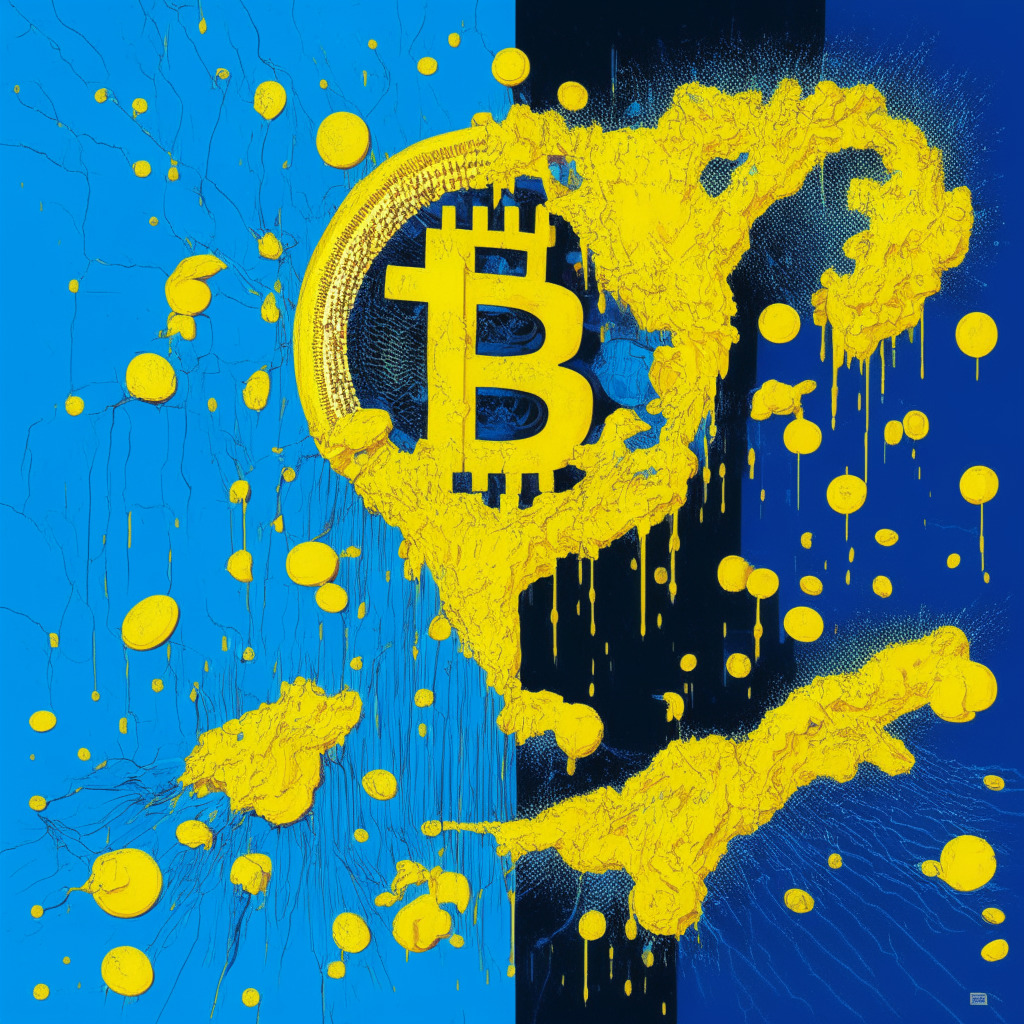Following a federal court ruling, it appears that Bitcoin is on the march again. The average trade size of Bitcoin on crypto exchanges, as per data from Kaiko, struck its highest level since June, clocking in above $2,000 on Tuesday. It’s essential to take note that this uptick from around $850 the day before comes on the back of a court ruling stating that the U.S. Securities and Exchange Commission (SEC) must revisit its dismissal of Grayscale Investments’ bid to implement the Grayscale Bitcoin Trust (GBTC) as an ETF.
These developments, it appears, have galvanized the larger traders. As pointed out by Dessislava Aubert, a Kaiko analyst, the surge in average trade size might imply increased activity amongst these heavy hitters. This shift can be seen as an indicator of growing optimism in a Bitcoin spot ETF’s approval, simultaneously affecting the cryptocurrency’s value but posing a fresh set of challenges.
To expand, Bitcoin’s price hiked more than 7% at one point on Tuesday afternoon once news on Grayscale’s potential ETF broke. This surge led Bitcoin to cross the $28,000 landscaping levels not seen for quite some time. It has, however, since stabilized just north of $27,900.
Despite this increase, it’s not all clear sailing for Bitcoin. Aubert also highlighted that one of the critical factors driving the drastic price change was restricted liquidity, which is reminiscent of volatile market shifts such as the steep drop in Bitcoin’s price on August 17. For context, on this date, Bitcoin’s value nosedived roughly 9%, sinking briefly beneath $25,000 on Binance.
These fluctuations had a ripple effect that extended beyond Bitcoin itself. The same day witnessed cryptocurrency traders’ staggering $1 billion in loss of liquidations as digital-asset markets encountered one of the year’s harshest sell-offs. As a result, Bitcoin’s value plummeted to a low unseen in two months.
While market pundits might see these wild price swings as signs of Bitcoin’s intrinsic volatility, others will see it as intensifying the need for more robust regulatory frameworks to protect investors. This raises, once again, the inherent challenges associated with regulating a frontier technology that promises transformative potential but also significant uncertainty. Navigating these unpredictable waters and arriving at a sound solution is a narrative that remains to be written.
Source: Coindesk




